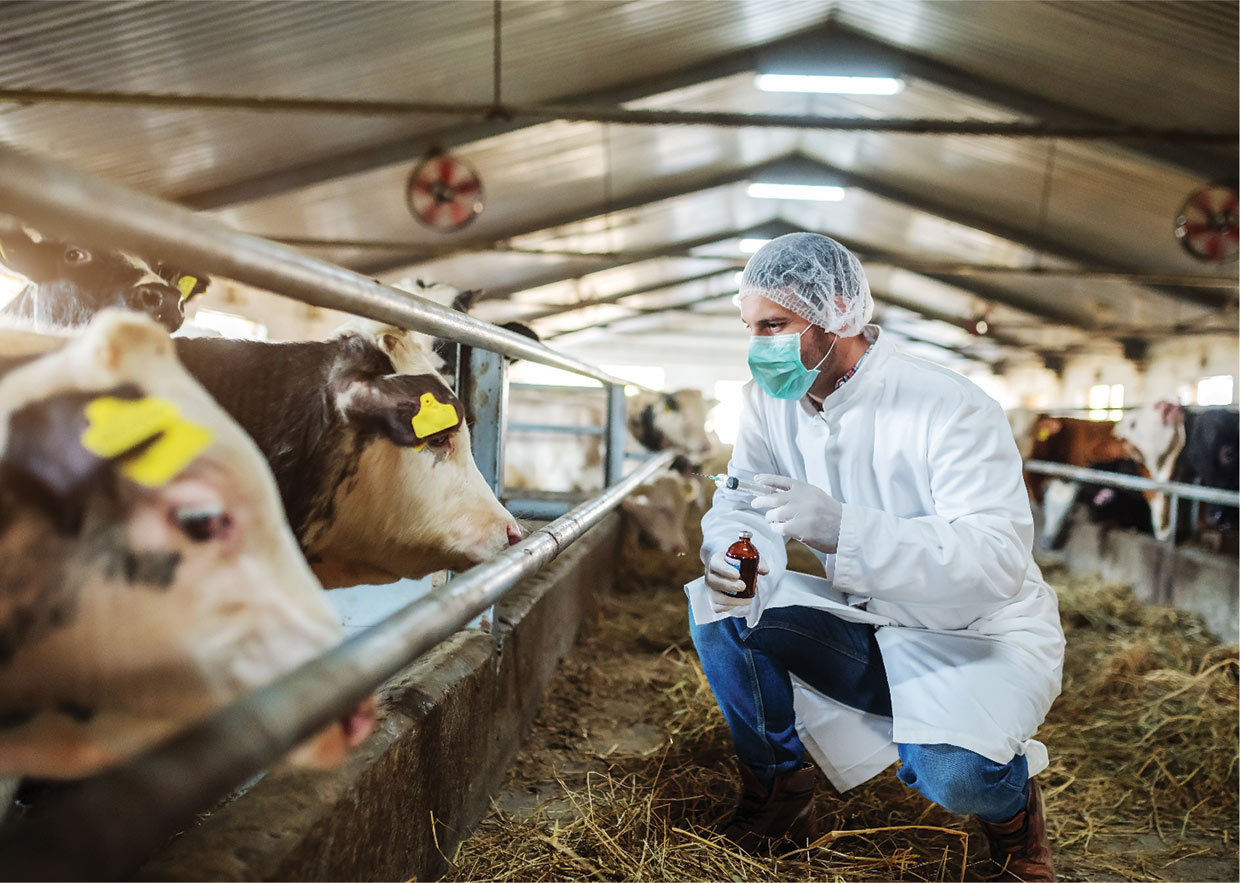In July, Midan Marketing conducted a survey with meat consumers to gauge their understanding of sustainably raised meat. According to the research, 68% of meat consumers are familiar with the terms “sustainable” or “sustainably raised” meat/poultry. When asked what issues or topics are addressed when meat is raised sustainably, the top two responses (by a decent margin) were “animals raised without antibiotics/hormones” and “animal welfare/humanely raised meat.”1 We often assume that sustainability means environmental issues to consumers, but the research found that we need to focus on how the consumer defines the term and that starts with animal welfare.
Animal Welfare
In the research survey, Midan found that 44% of consumers felt animals were raised more humanely if the meat had a “sustainably raised” claim on the label. Additionally, in open-ended questions defining the term, the ideas of grass-fed and free-range were common responses.1 Helping consumers understand where the industry currently stands with regard to animal welfare will require imagery showing lots of green space – like cattle on pasture.
Consumers want to see and believe that we are raising animals in a habitat that looks and feels natural. This is more difficult with pork than with beef, though. Communicating to consumers that hogs are safest and most comfortable indoors, rather than in a free-range environment, doesn’t match what shoppers want farming to look like. Finding ways to communicate this message is paramount to making sure the next generation feels comfortable continuing to eat our products.

Antibiotics and Hormones
Antibiotics and hormones are a separate but related issue to that of animal welfare. In the Midan survey on sustainably raised meat, 46% of meat consumers responded that sustainably raised meat would be from animals raised without antibiotics and hormones.1 Communicating with consumers on this issue is two-fold: explaining pharmaceutical withdrawal periods as well as how and why these products are administered.

Another important part of this story is how and why we administer pharmaceuticals to the animals. By showing shoppers that livestock are tended to by veterinarians, just like their animals at home, they can be more comfortable with the medications given to the animals. Antibiotics are overseen by professionals and given similar to human medications, to treat and prevent common illnesses. For everyone involved from rancher to veterinarian to consumer, the goal is simply healthy and happy animals.
Packaging
Packaging is one part of the meat case which consumers directly connect to environmental impact. The environmental friendliness of food packaging has become important to consumers, though that means different things to different shoppers. According to a survey by Mintel, 55% of grocery shoppers think recyclable packaging is environmentally friendly; 37% of consumers answered the same for biodegradable packaging; and 33% said environmentally friendly packaging is made from recycled materials.5
Sustainability is and will continue to be an important topic for consumers. But jumping right into discussions about methane and land usage won’t yet resonate with most of today’s meat shoppers. Stepping into sustainability messaging by discussing animal welfare, antibiotics and hormones and packaging will have a bigger immediate impact on easing consumers’ true concerns about sustainability at the meat case.
2 USDA, America’s Diverse Family Farms, December 2020
3 Gallup, Business and Industry Sector Ratings, August 2021
4 Midan Marketing, Natural and Organic Meat Purchasers Survey, December 2020
5 Mintel, Food Packaging Trends – US, 2021
This content originally appeared in The Shelby Report.
